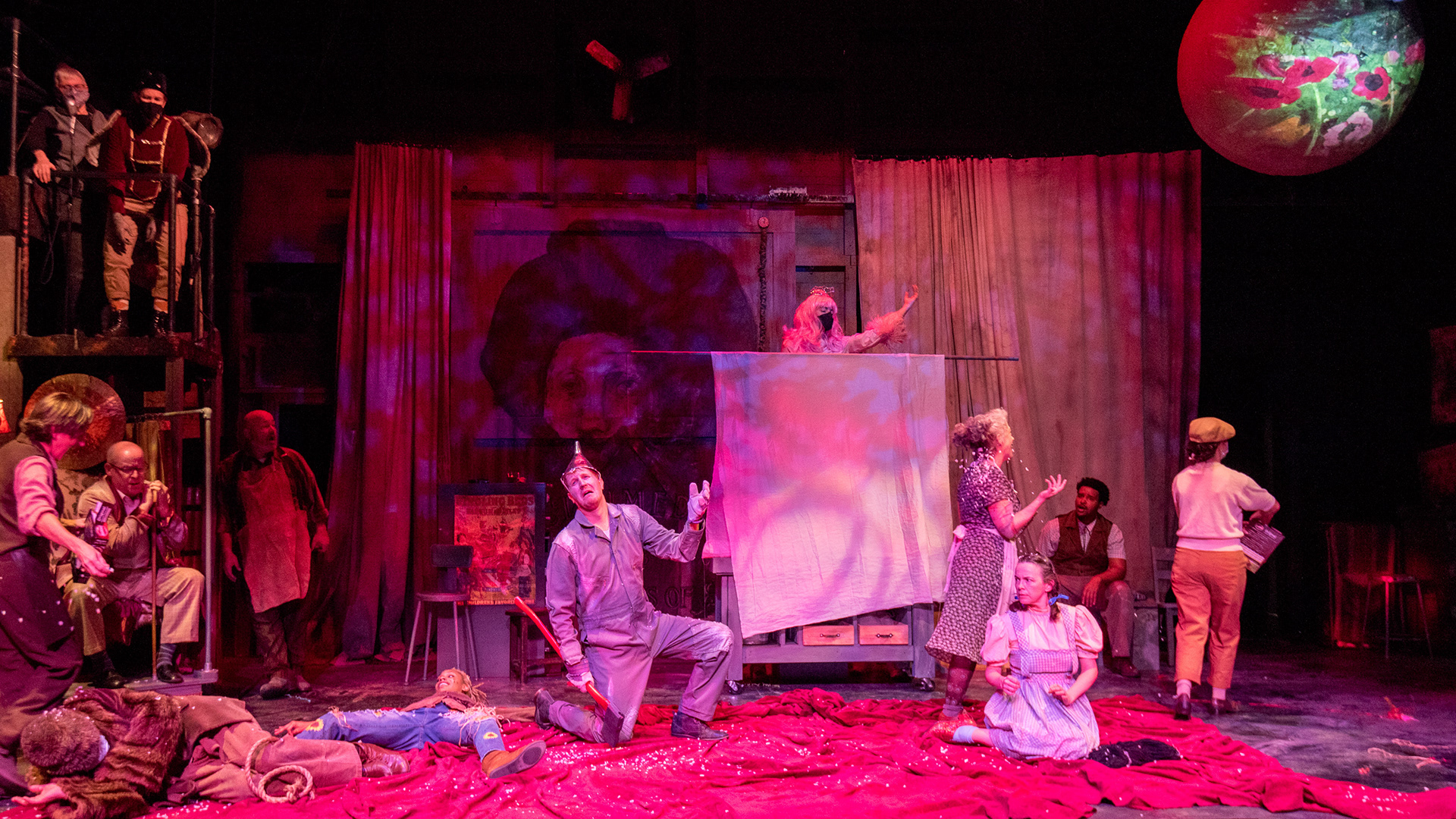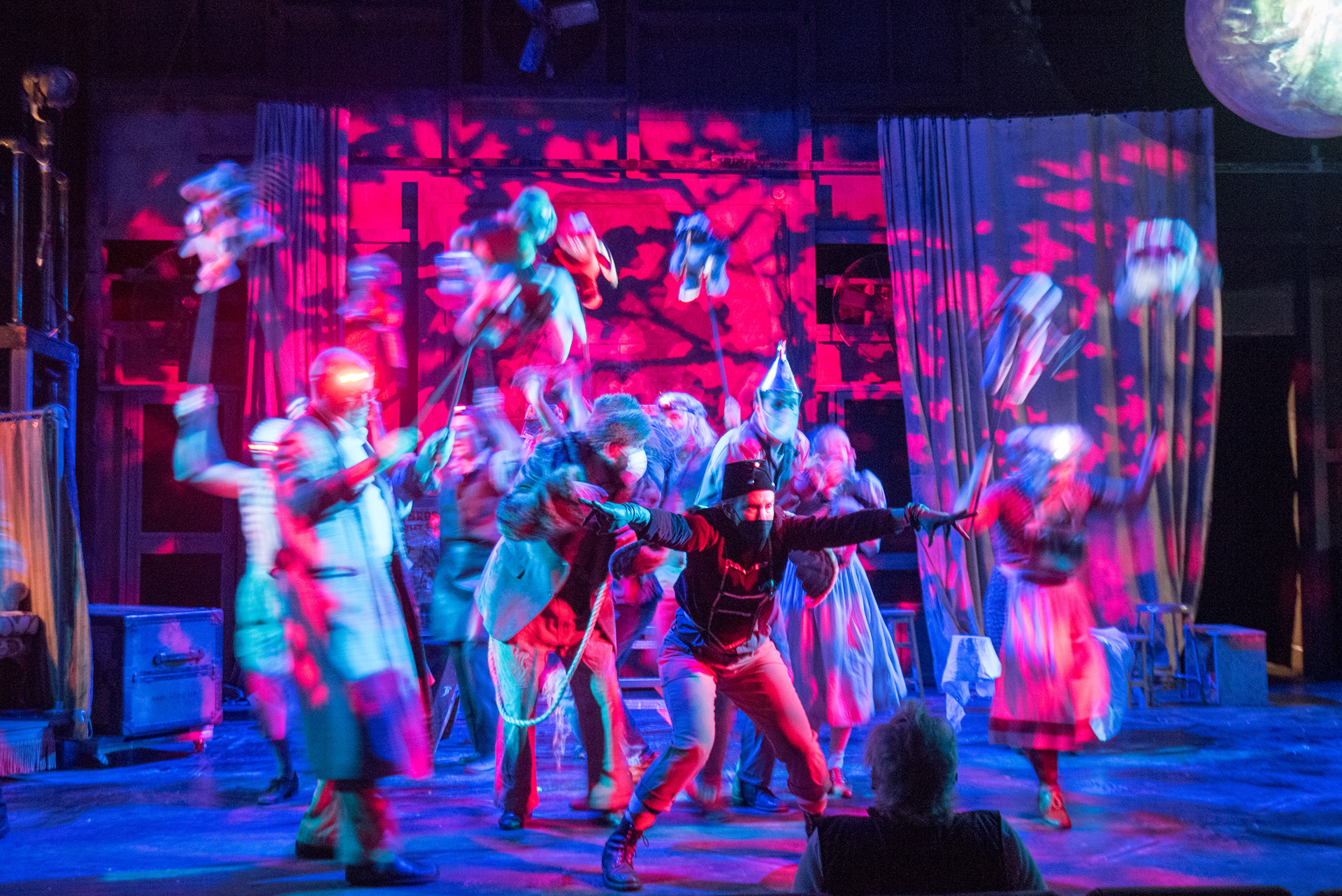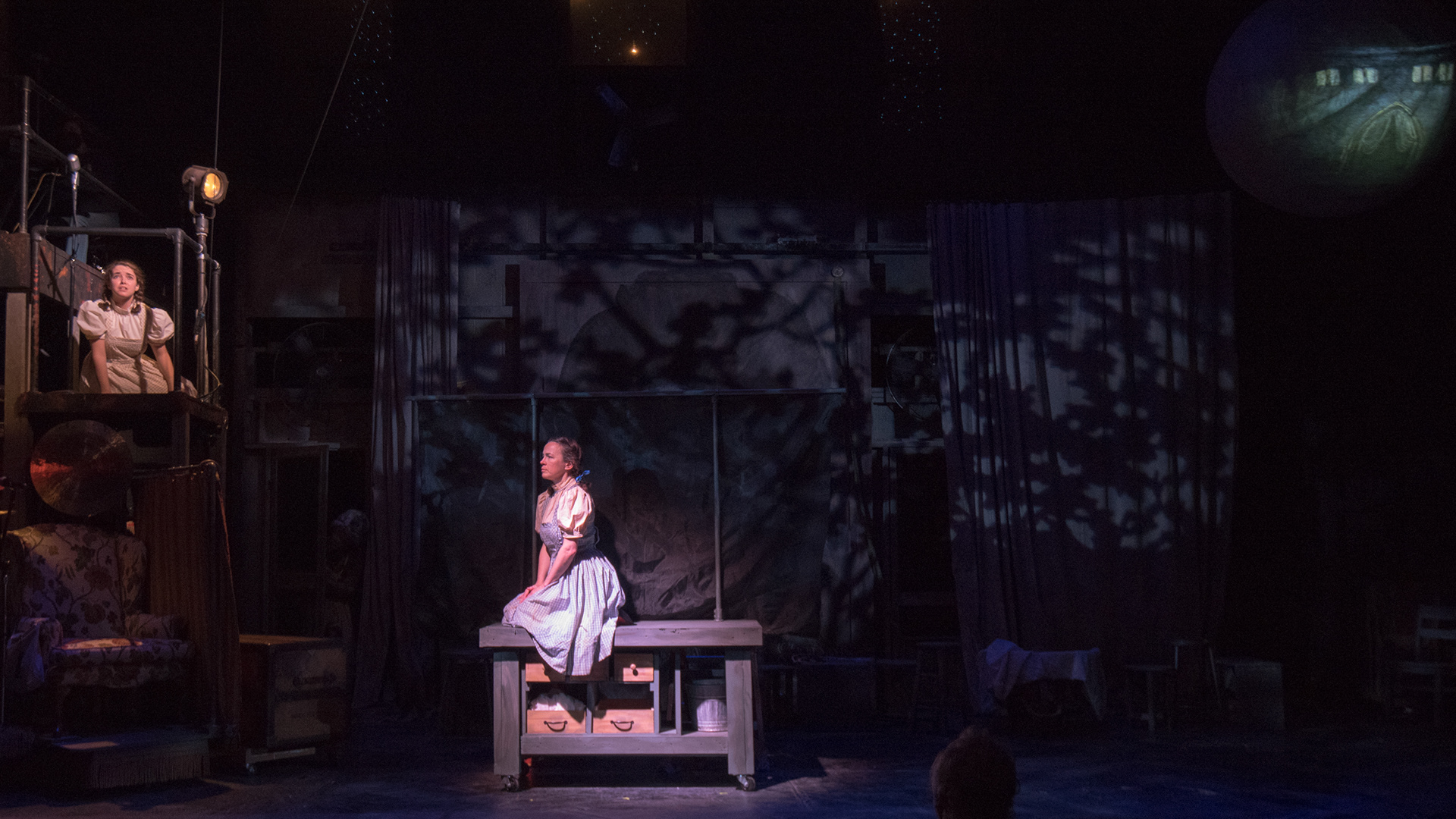Production Photos
Photos by Will Kerner










Paperwork
Early hang plot, adjusted at hang due to inventory and space discrepancies. Leftover units from previous productions were used in the show
At my tech table